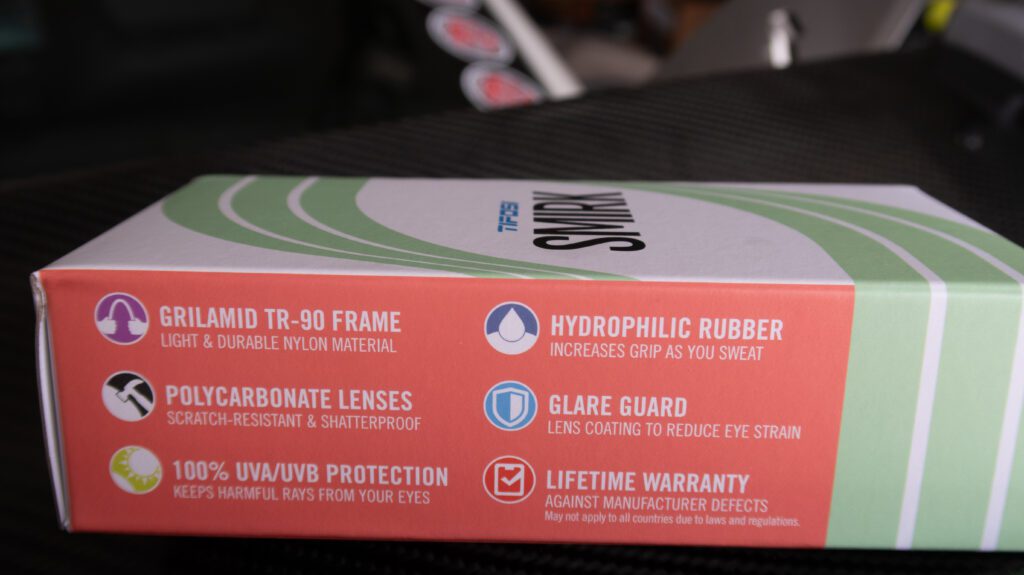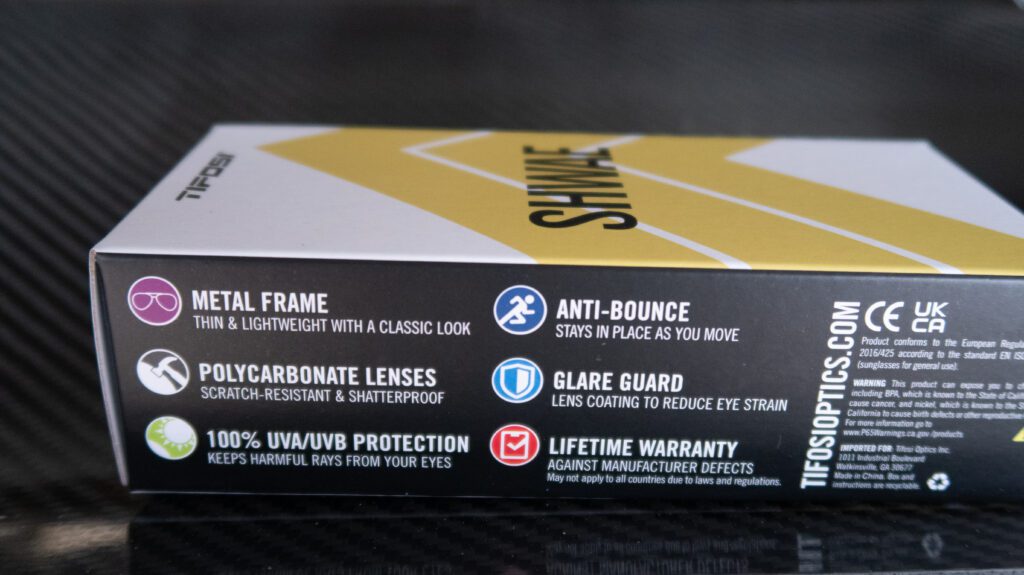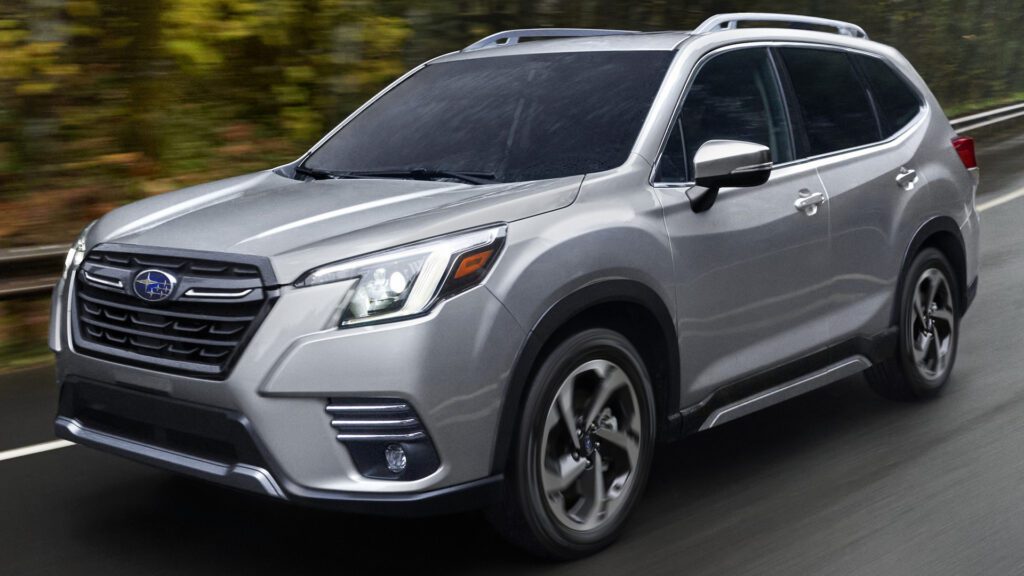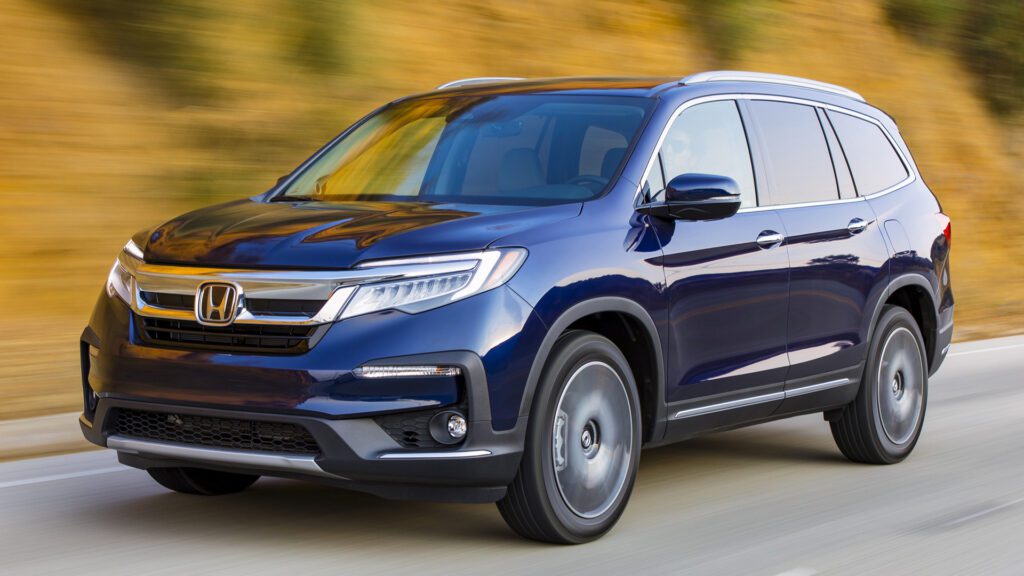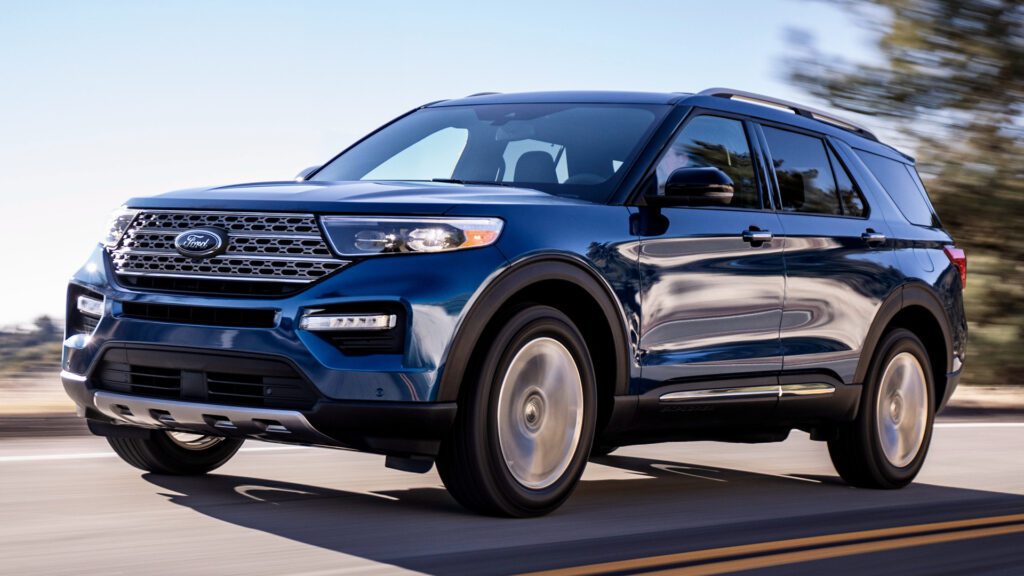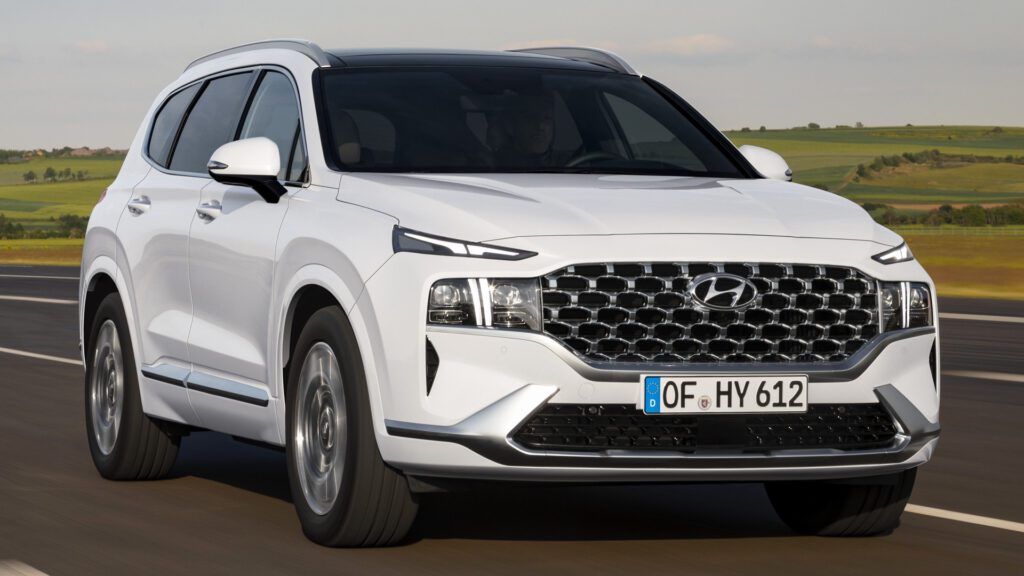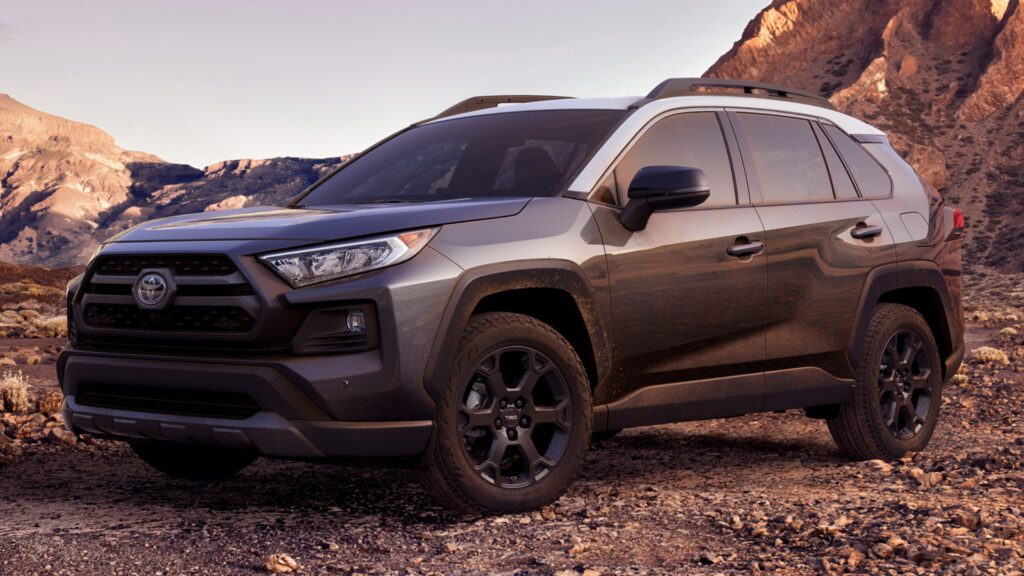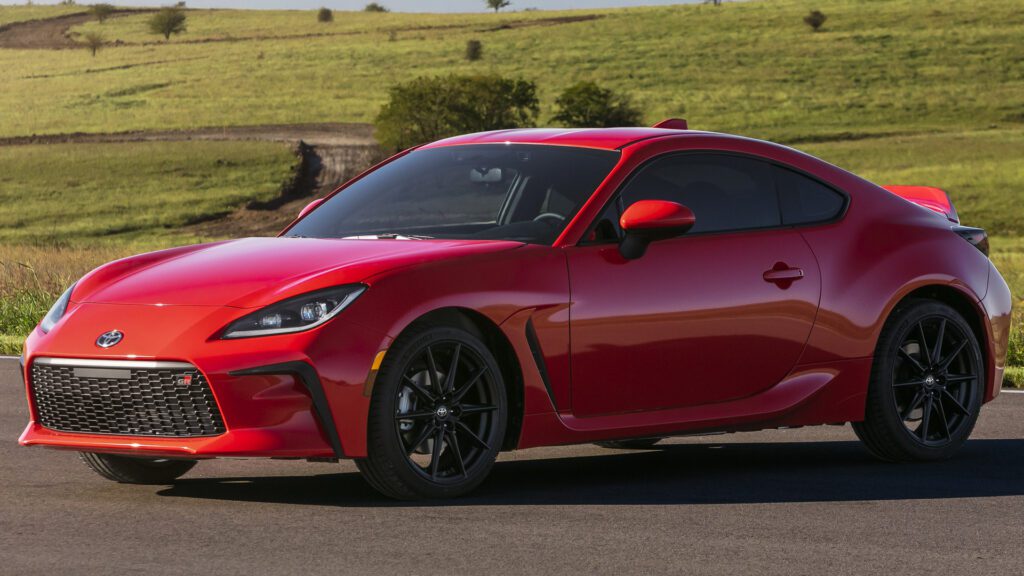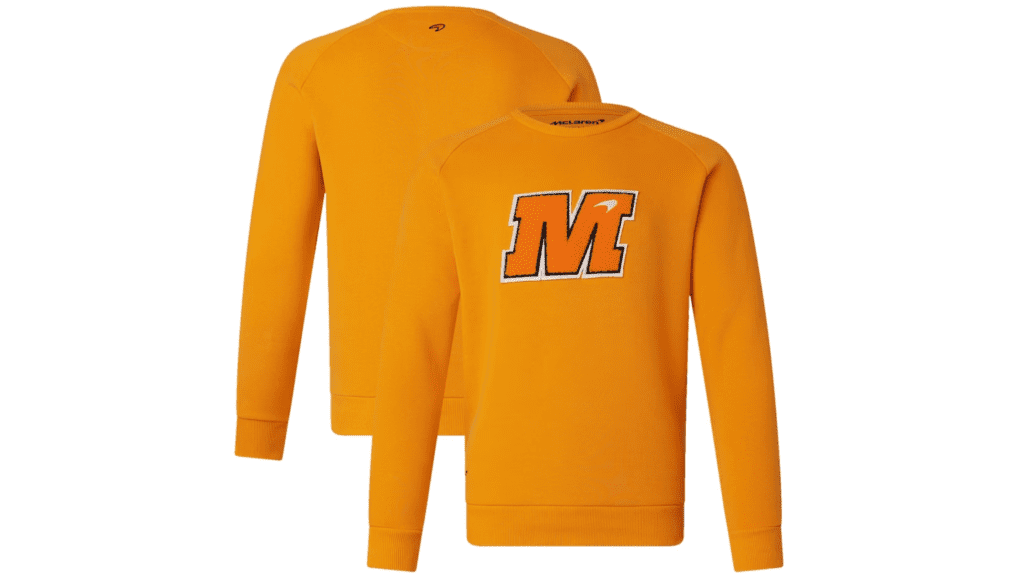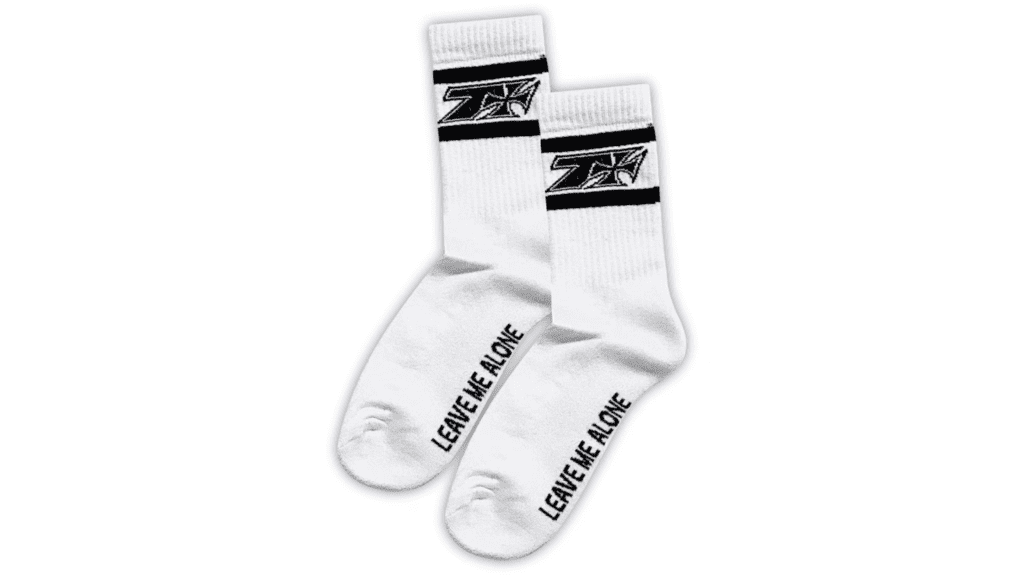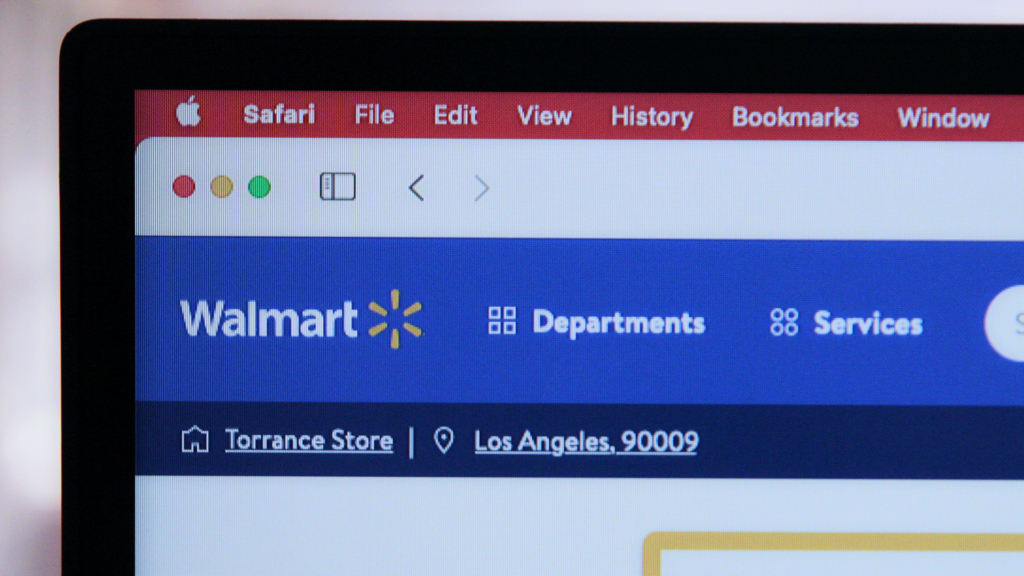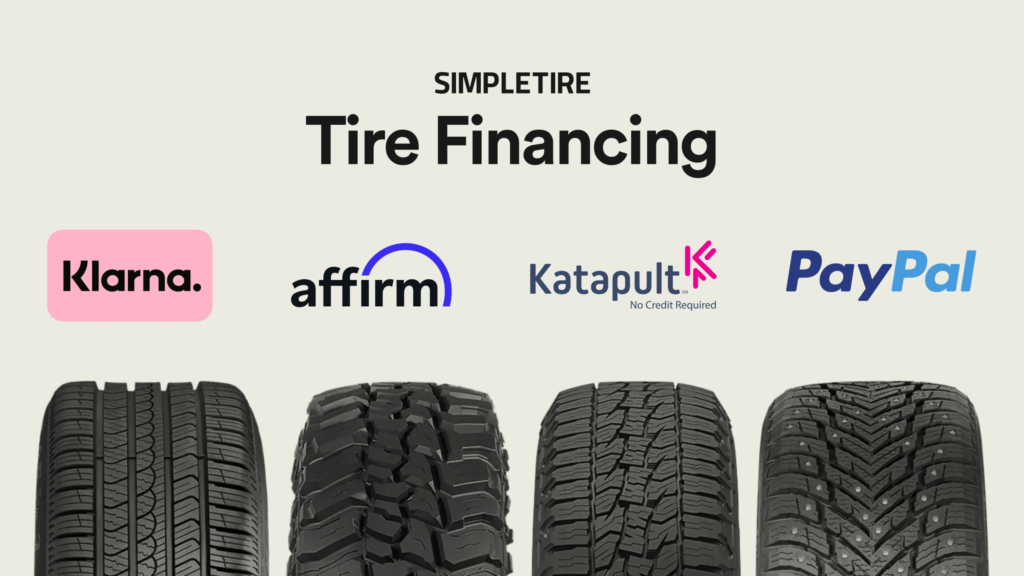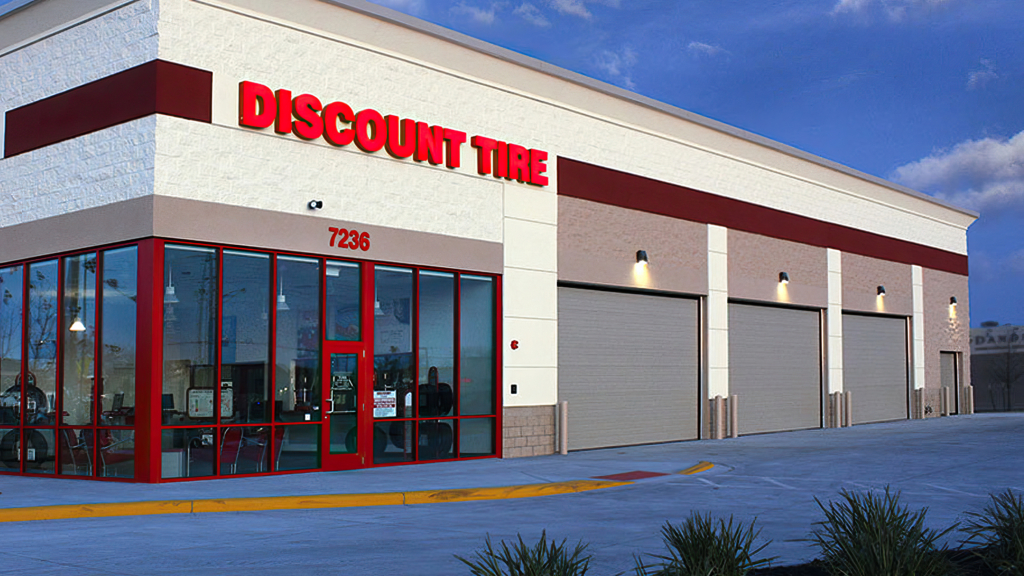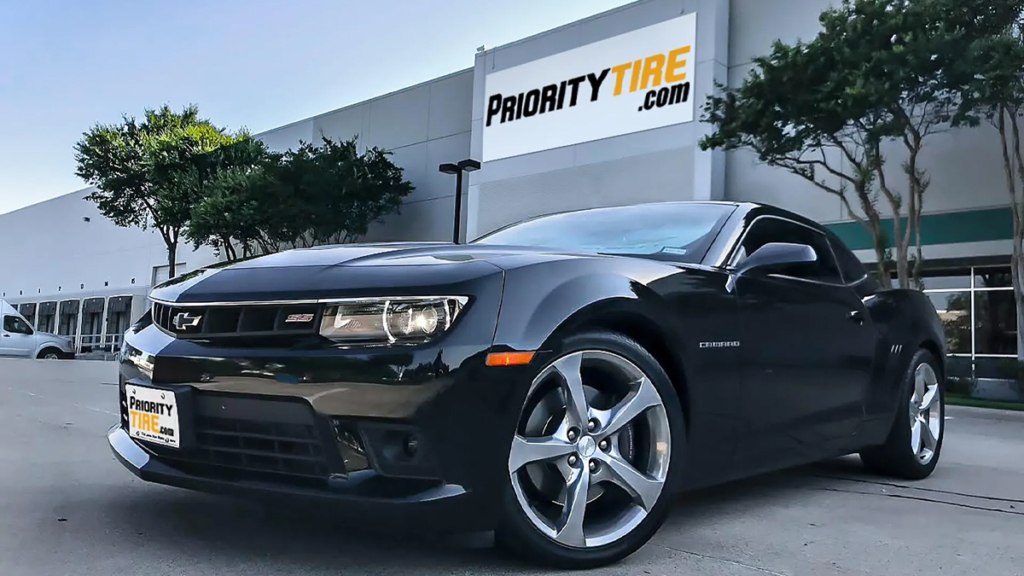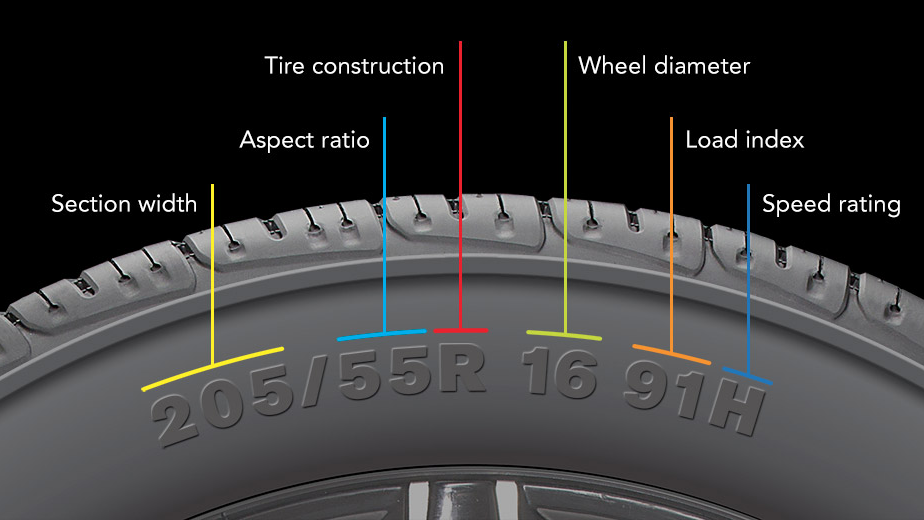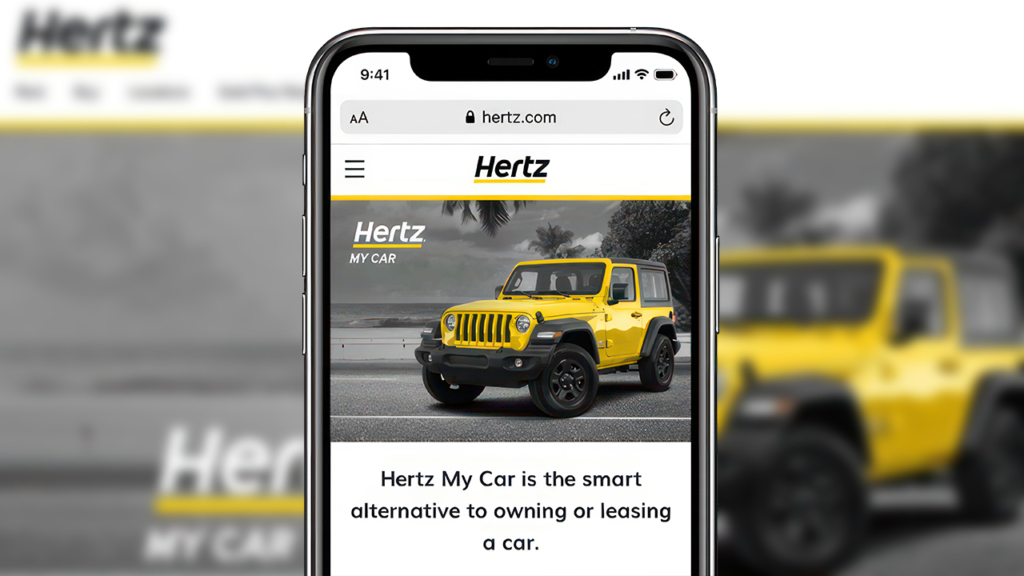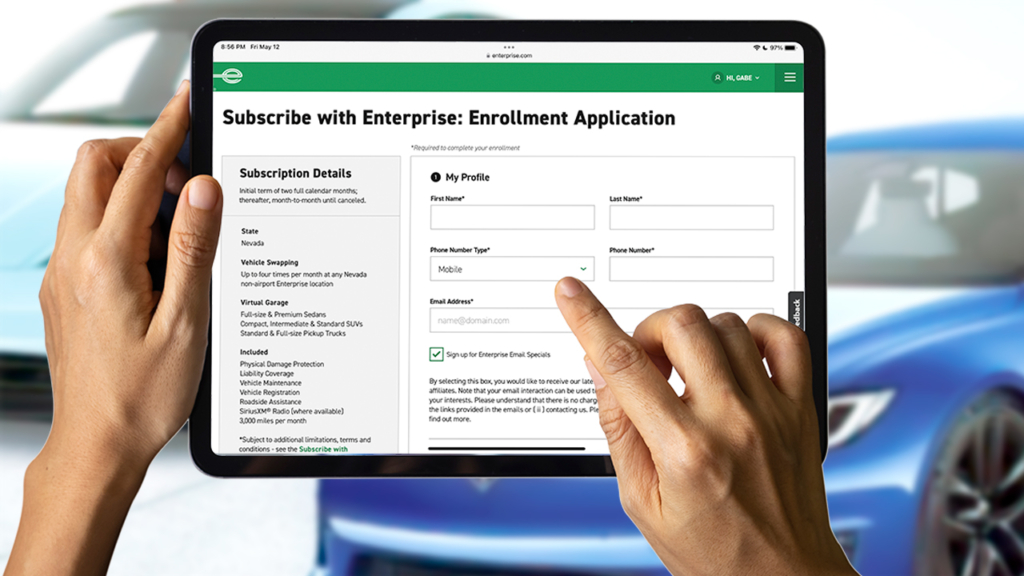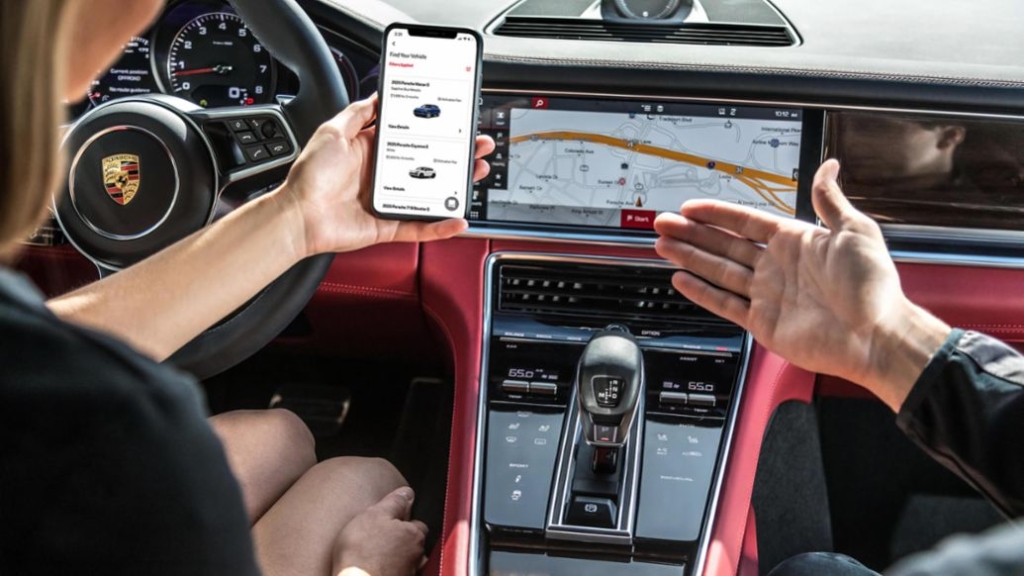Dealership and dash: Best new cars to take for a test drive
We hate going to the dealers. Don’t you? For many, going to the dealership is a stressful and unpleasant chore meant to be avoided unless absolutely necessary. However, it does open up the world of fun, drivable cars to the world of consumers, and there is nothing saying you can’t take some fun vehicles out for a test drive just for enjoyment. Just a wee taste. We’re not saying you gotta sign the papers on these things, but maybe, just maybe, a trip to your local dealer can be a fun way to kill an afternoon to sample some fresh metal you might actually want to buy. Or not.
Mazda MX-5 Miata – The impractical romance




For many drivers, the Mazda MX-5 Miata isn’t practical enough to own (though some of us don’t car), but they are absolutely worth a trip to the dealership to enjoy. Backed by decades of Miata reliability and presented with new styling and features, it’s obvious why this little two-door is a fan favorite. On paper, it may seem underpowered with an 181 horsepower engine, but the power-to-weight ratio of this minimalist car makes up for the difference. Don’t believe us? Drop by your local Mazda dealership and take one for a spin.
Acura Integra – Civic Deluxe




The Acura Integra was a fan favorite in the 1990s and early 2000s, and it made a strong comeback in 2024. With a buyer-friendly entry-level price of $31,800 for base models with a turbo 1.5-liter four-banger, this sporty sedan might trick you into turning your test drive into a spur-of-the-moment purchase. Bonus points: you can find A-Specs with six-speed manuals for that added enthusiast value. At 320 horsepower from the highest Type-S trim, it isn’t the most performance-oriented car, but it is practical and engaging — so we deem it well worth taking on a test drive, especially if you’re not willing to fork over the price premium over its Civic Type R sibling.
Toyota GR86 – Poor man’s Porsche




We’ve rambled a lot about the Toyobaru twins in past buyers’ guides, but the Toyota GR86 really should be on the “must test drive” list of every car enthusiast. It and its slightly tamer-tuned BRZ twin carry the torch of the affordable sports car deep into the 2020s. This sporty two-door has great looks and receives extra bonus points for the option of manual transmission and a nod to the Trueno for additional brand heritage. While muscle car enthusiasts and large-displacement engine purists would scoff at the 2.4-liter flat-four engine making “only” 228 horsepower, the peppy throttle response and tight handling make the Toyota GR86 one of the most acclaimed products in recent memory and one of the best new sports cars on the market
BMW i4 – Just a dandy EV




The BMW i4 has dominated reviews and “best of” lists this year, and if you’re wondering why, then it’s probably time to take one out for a spin. Buyers may be too timid to drop the $52,000 to $69,700 sticker prices you can expect to see on these electric vehicles. Still, from appearances to the driving experience, it is easy for EV-skeptics to forget that this isn’t a gasoline-powered performance sedan. What’s more impressive is how the i4 M50 is rated for performance that not only parallels a rear-drive M3 Competition but exceeds it, with a 0-60 mph time of 3.3 seconds.
Alfa Romeo Giulia – Driver’s delight, mechanics nightmare




The Alfa Romeo Giulia may be a bit harder to find as Alfa Romeo dealerships aren’t as common as some more popular brands, but that’s what makes taking the Giulia for a spin a bit of extra fun. Most consumers haven’t experienced this brand, even if it is a well-equipped and reasonably priced entry-level luxury sedan. But, since we are looking for a great drive and ignoring the price — we aren’t here to buy, after all — go for the M3-fighting Quadrifoglio trim and enjoy the 505-horsepower provided by a peppy twin-turbo V6 engine. You can thank us later. Just make sure to opt for an extended warranty if you really decide to sign those papers on a Quadrifoglio at the end of the day.
Kia K5 – A cooler Camry




Over the past decade, we have seen Kia transform from a caterpillar into a market-competitive butterfly, and the Kia K5 more than proves that. In fact, the K5 breaks the mold for what people expect of an affordable, practical, entry-level luxury car at a starting price of $25,590 and a reliable amount of pep from a fuel-efficient engine. Oh, and by the way, the GT-Line rocks a 2.5-liter turbo four-cylinder that squeezes out 290 horsepower and 311 pound-feet while still scoring 32 mpg on the highway, wink-wink. Do with that information as you wish.
Test driving cars for fun is a great way to spend time behind the wheel of different vehicles, get a feel for what is available on the market, and, most importantly, enjoy some drive time for great cars like those in this list. And hey, even if it turns out that you hate the car you just drove, well, at least you got to try before you buy. Or, you fell in love at first wack of the throttle, then at least you got to take that car on a first date before making that commitment. That’s only fair as major stepping stones in life should always have a little trial run.




